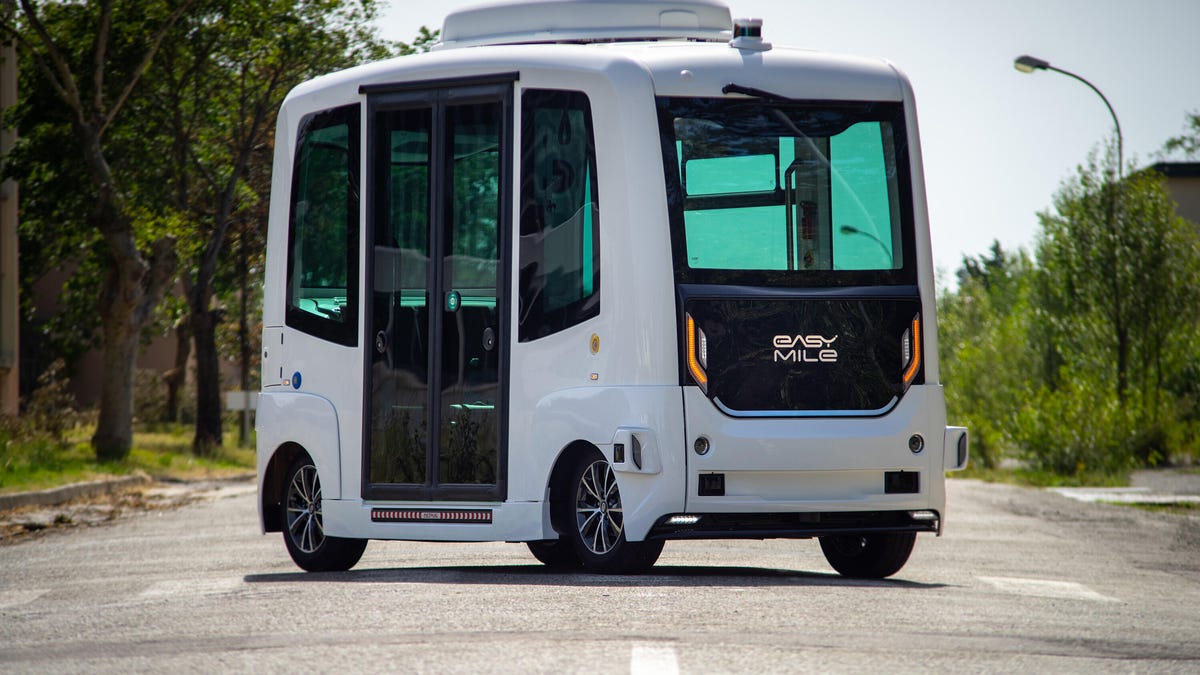Federal Agency Legalizes Self-Driving Cars Without Steering Wheels, Pedals
NHTSA is helping pave the way for Level 5 autonomous cars and trucks.
On Thursday, the National Highway Traffic Safety Administration announced a groundbreaking rule change that updates Federal Motor Vehicle Safety Standards. The regulatory change clears the way for driverless cars that don't have traditional controls like a steering wheel or pedals.
FMVSS requirements inform virtually every aspect of production cars, setting out exacting rules that every automaker must follow, right down to mandating things like windshield wiper placement and even motor speeds. Up until now, federal law has required a dedicated driver's seat, steering wheel, steering column and pedals in vehicles, crimping auto and tech company ambitions for testing prototype vehicles.
There are no fully autonomous vehicles on sale to consumers today, but they're something manufacturers and supplier companies are hard at work developing. When they eventually go on sale -- if and whenever that might be -- NHTSA wants to be prepared: "The agency acknowledges that uncertainty continues to exist around the development and potential deployment of ADS-equipped (automated driving systems) vehicles. Nevertheless, NHTSA believes it is appropriate to finalize this action at this time in anticipation of emerging ADS vehicle designs that NHTSA has seen in prototype form." The pod cars are coming, folks.
At a high level, this rules change clarifies what automakers must do when applying safety standards to vehicles without traditional manual controls. Even though future autonomous cars and trucks will feature unique designs and will almost certainly be less likely to crash than human-driven vehicles, they must "provide the same high levels of occupant protection as current passenger vehicles." Basically, there's no reason a driverless car shouldn't be as safe as a conventional vehicle.
NHTSA's new rules should prevent automakers from stripping safety equipment out of future driverless cars to save weight or cost. These rules also cover things from seating positions to occupant-less vehicles to airbag placement and more.
In a release from NHTSA, US Transportation Secretary Pete Buttigieg said, "Through the 2020s, an important part of USDOT's safety mission will be to ensure safety standards keep pace with the development of automated driving and driver assistance systems." He also added, "This new rule is an important step, establishing robust safety standards for ADS-equipped vehicles." For more information on all of this, you can read NHTSA's entire updated document. But be warned: It's long and very boring.


